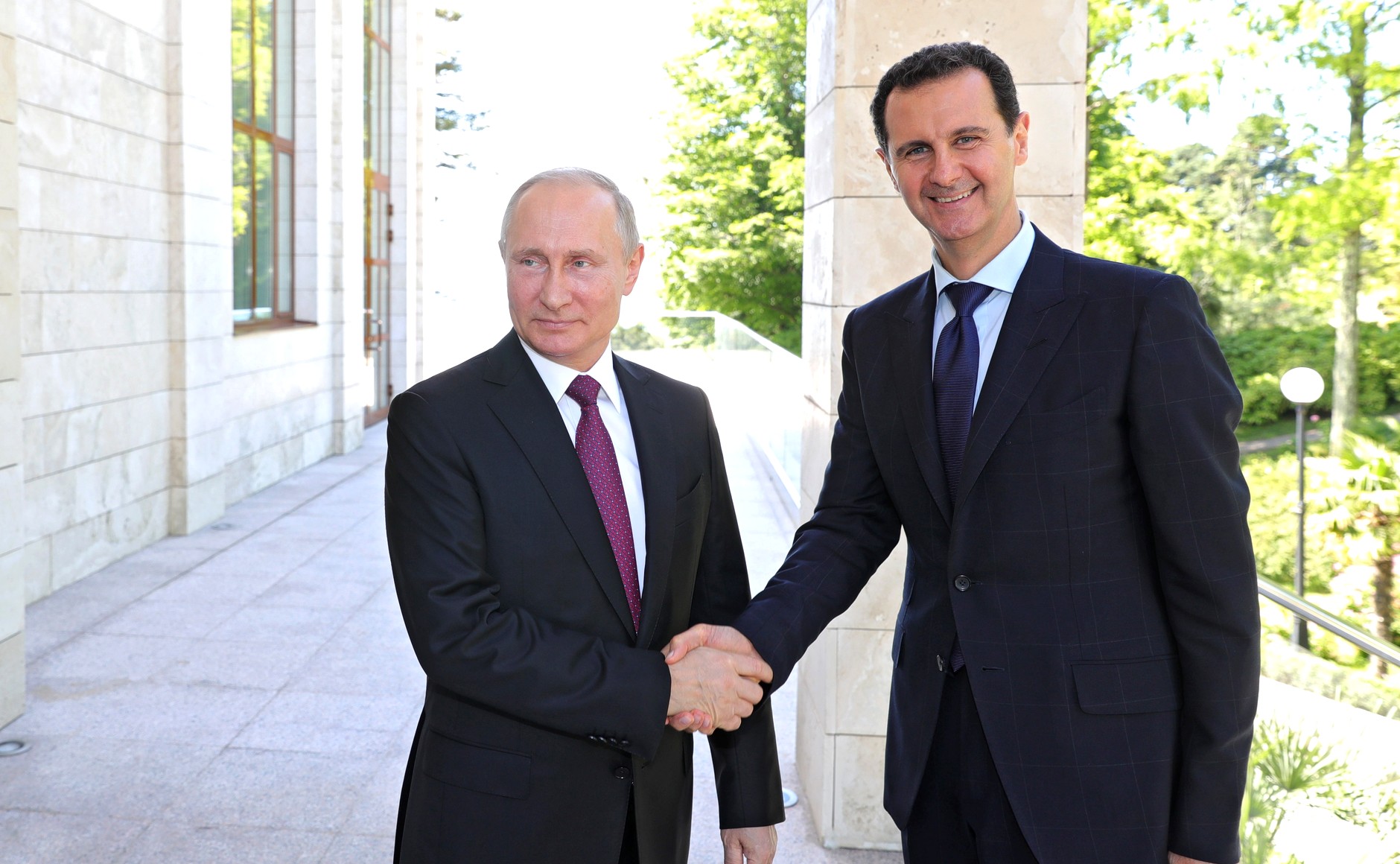By Mariya Petkova / Al Jazeera/ – On September 30, 2015, the Russian Federation formally entered the Syrian civil war as President Bashar al-Assad’s rule was increasingly under threat.
Since 2011, intense fighting and mass desertion had weakened the Syrian Arab Army. Even the support of Iran’s Islamic Revolutionary Guard Corps (IRGC), the deployment of Iranian militias and Russian mercenaries, and regular shipments of Russian weaponry had not been enough to stop the advance of the opposition and violent armed groups.
In March 2015, the Syrian government lost a second provincial capital, Idlib, when Jeish al-Fattah, a loose coalition of various armed groups, led a successful offensive on the city in the country’s northwest.
The provincial capital of Raqqa, with its strategic oil and water resources, had been captured the previous year and had become the main stronghold of the rising ISIL (ISIS) group.
In addition, the Syrian government had lost control of large swathes of several provinces – Idlib, Aleppo, Raqqa, Deir Az Zor, Hassakeh, Deraa and Quneitra – and was struggling to control Hama, Homs and the Damascus countryside.
The Russian intervention stopped the advance of the opposition, which was backed by the West, Turkey and the Gulf, and effectively preserved the Baathist regime in Damascus. This paved the way for a more assertive Russian presence in the Middle East, leading some observers to talk about “Russian resurgence” or even to make parallels with Cold War-era regional dynamics.
So after five years of the war effort in Syria, where does Russia stand today? Has the Kremlin achieved its goals and has it challenged the US dominance of the region?
Why did Russia intervene?
Some observers have attributed the Russian decision to intervene formally in Syria to a July 2015 visit to Moscow by General Qassem Soleimani, the late commander of the Quds Force of the IRGC, who was assassinated by the United States in Baghdad in early January this year. The Iranian general supposedly convinced Russian President Vladimir Putin to send Russian troops and save the Syrian government.
However, it does not seem like the Kremlin needed convincing. The fall of al-Assad would have threatened Russia’s interests and eliminated another regional ally. This would have been a major blow to Moscow, particularly after the Western-backed toppling of Libya’s Muammar Gaddafi in 2011, which Putin, then a prime minister, personally opposed and criticised then-Russian President Dmitry Medvedev for enabling.
The decision to intervene in Syria also reflected the Kremlin’s fear of the so-called “colour revolutions” and their potential success sparking a major anti-government uprising in Russia itself. A year earlier, the pro-West Maidan revolution in Ukraine provoked a sharp reaction in Moscow, which led to the annexation of Crimea and Russian military intervention in the Donbas region. This, in turn, triggered Western sanctions, which hurt the Russian economy, particularly business circles close to the Kremlin.
Tense relations with the West also motivated Moscow to put troops on the ground in Syria. Given the deadlock on the Ukrainian crisis, an intervention in the Syrian conflict, which Western powers had been heavily involved in, presented the Russian government with another front where it could pressure the West into negotiations.
The rise of ISIL provided an opportunity to wrap the intervention in anti-terror rhetoric, ensuring domestic support, while the Obama administration’s reluctance to get involved more heavily in the Syrian conflict – to avoid an “Iraq repeat” – and the conclusion of the Iran nuclear deal reassured Moscow that there would be no direct clash with the US.






